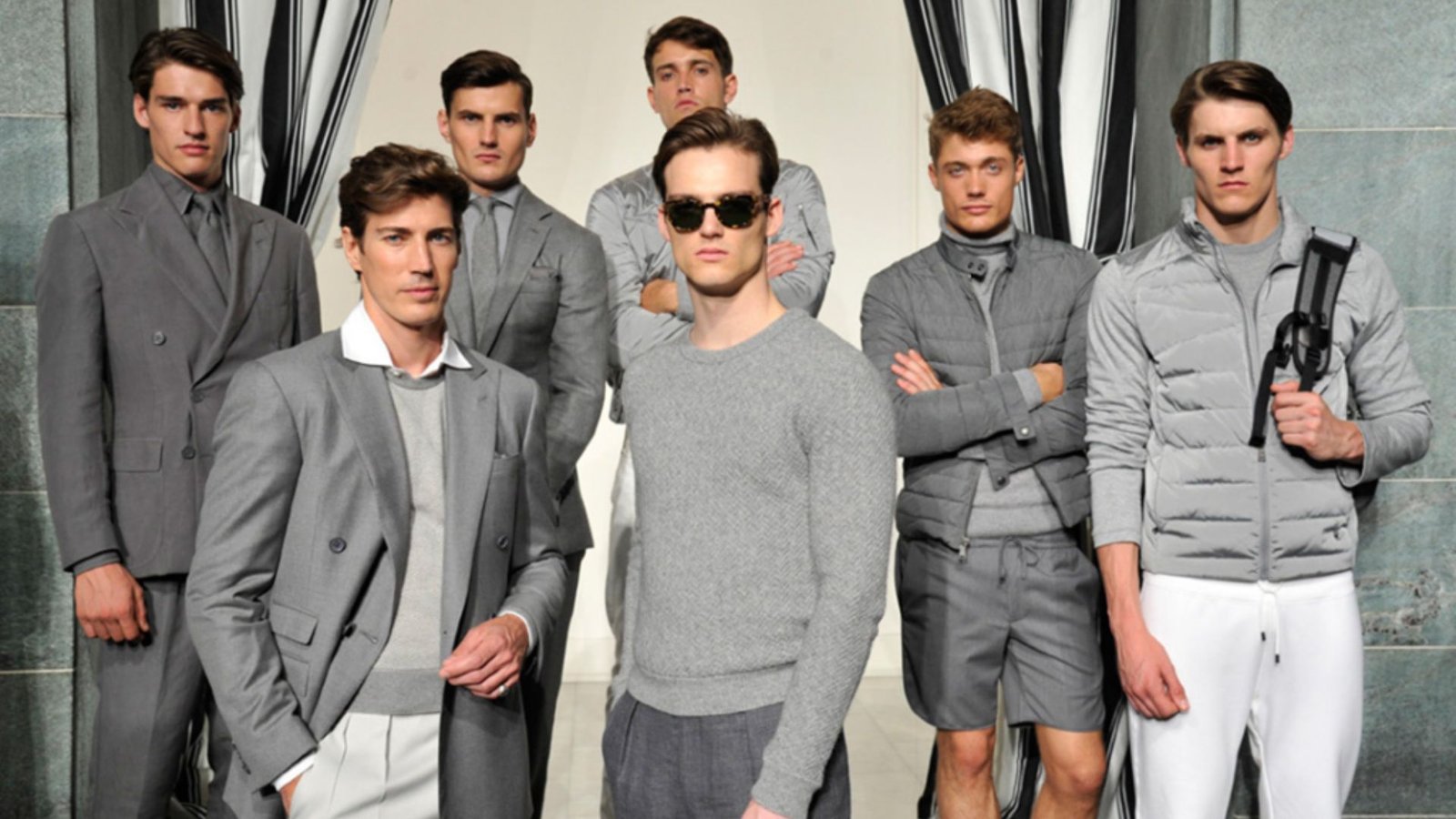Men’s fashion has undergone significant transformations over the years, evolving from the classic styles of past centuries to the modern, diverse trends we see today. Understanding this evolution not only provides insight into the history of men’s attire but also highlights the influences that continue to shape contemporary fashion.

Classic Men’s Fashion: Timeless Elegance
The roots of men’s fashion lie in the classic styles that emerged in the 18th and 19th centuries. During this time, clothing was characterized by formality, structure, and an emphasis on quality fabrics and tailoring.
Key Elements:
- Tailored Suits: The tailored suit became a symbol of sophistication and social status. Jackets with structured shoulders, waistcoats, and trousers were the norm.
- Formal Wear: Morning coats, frock coats, and evening tails were standard for formal occasions, often accompanied by top hats and gloves.
- Accessories: Cravats, pocket watches, and leather shoes were essential accessories that completed the classic look.
Influence on Modern Fashion:
- Suiting: The influence of classic tailoring remains strong in modern men’s suiting, with contemporary designers often drawing inspiration from these timeless silhouettes.
- Quality Fabrics: The focus on quality materials continues to be a hallmark of high-end menswear.
The 20th Century: Shifts in Style and Function
The 20th century brought about dramatic changes in men’s fashion, reflecting broader social and cultural shifts. This era saw the introduction of more casual attire, influenced by changes in lifestyle and the rise of new subcultures.
Key Trends:
- The Roaring Twenties: This decade was marked by a more relaxed approach to fashion, with looser fits, softer fabrics, and the introduction of the tuxedo as formal evening wear.
- Post-War Casualization: After World War II, men’s fashion became more casual and functional, with the introduction of jeans, t-shirts, and sportswear.
- The Eighties and Nineties: The 1980s brought power dressing with oversized suits, while the 1990s embraced minimalism and grunge styles.
Influence on Modern Fashion:
- Casual Wear: The casualization of men’s fashion in the 20th century laid the groundwork for the diverse range of casual styles available today, from streetwear to athleisure.
- Vintage Revival: Many modern trends draw inspiration from the styles of the past, with retro looks from the 1960s, 70s, and 80s making frequent comebacks.
Contemporary Men’s Fashion: Diversity and Individuality
Today’s men’s fashion is marked by an unprecedented level of diversity and a focus on personal expression. Modern fashion breaks away from rigid rules, embracing a wide range of styles, influences, and cultural references.
Key Characteristics:
- Streetwear and High Fashion: The blending of streetwear with luxury fashion has become a defining feature of contemporary menswear, with sneakers, hoodies, and graphic tees finding their place alongside designer suits.
- Sustainability: A growing awareness of environmental issues has led to a rise in sustainable fashion, with an emphasis on eco-friendly materials and ethical production.
- Inclusivity: Modern fashion is increasingly inclusive, offering a variety of fits, styles, and sizes to cater to different body types and personal preferences.
Influence on Future Trends:
- Innovation: As technology continues to advance, we can expect even more innovation in materials, production techniques, and how we interact with fashion.
- Customization: The trend towards personalization is likely to grow, with more options for custom-fit clothing and bespoke designs.
Conclusion
The evolution of men’s fashion from classic to modern reflects broader societal changes and the shifting priorities of each era. Today’s fashion is a dynamic mix of tradition and innovation, offering men a wide array of options to express their individuality while staying connected to the timeless elements of style.
